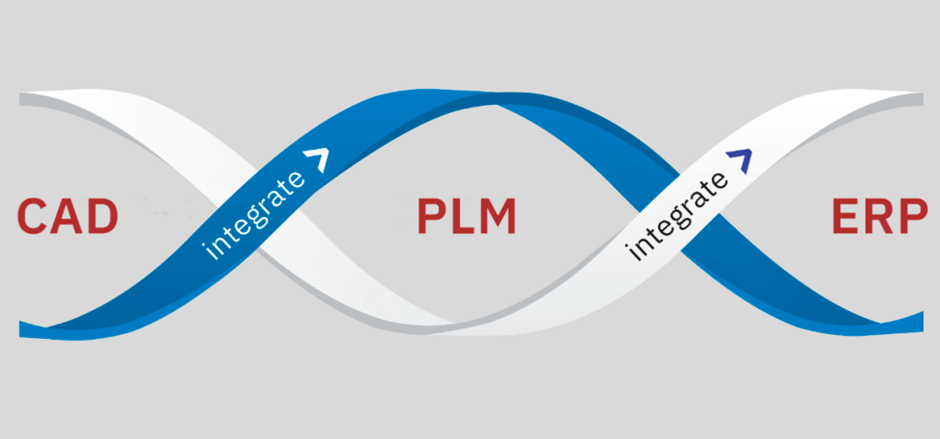
Integration of Product Lifecycle Management (PLM) with Computer-Aided Design (CAD) and Enterprise Resource Planning (ERP) transforms how organizations manage data and collaborate. This integration establishes a seamless ecosystem for managing product data across design, manufacturing, and operations.
Streamlined Data Flow
PLM serves as a centralized repository, bridging CAD and ERP systems. When engineers update CAD models, the changes are synchronized with PLM, automatically updating related data like Bills of Materials (BOMs) in the ERP system. This ensures a single source of truth, eliminating manual data entry errors and enhancing efficiency.
Improved Collaboration
PLM fosters collaboration by providing a unified platform where cross-functional teams can access the latest product information. Features like version control and automated workflows ensure all works on the correct design versions. Teams across R&D, engineering, manufacturing, and procurement can review, annotate, and approve designs efficiently, reducing time-to-market.
Integration Benefits
⦁ CAD Integration: Links 3D models and design data with PLM, enabling design validation and impact analysis within the product lifecycle.
⦁ ERP Integration: Automates the flow of product data to manufacturing and procurement, aligning production processes with design updates.
Our Expertise
At 3R, we provide end-to-end PLM services to clients, ensuring seamless integration with CAD and ERP systems. With our solutions, organizations gain real-time data synchronization, enhanced traceability, and optimized collaboration. We empower businesses to reduce errors, streamline processes, and improve compliance, enabling them to stay ahead in a competitive market. With PLM integration facilitated by 3R, businesses can achieve seamless communication, efficient workflows, and an accelerated product lifecycle, unlocking greater innovation and operational excellence.

© 2025 3R. All Rights Reserved